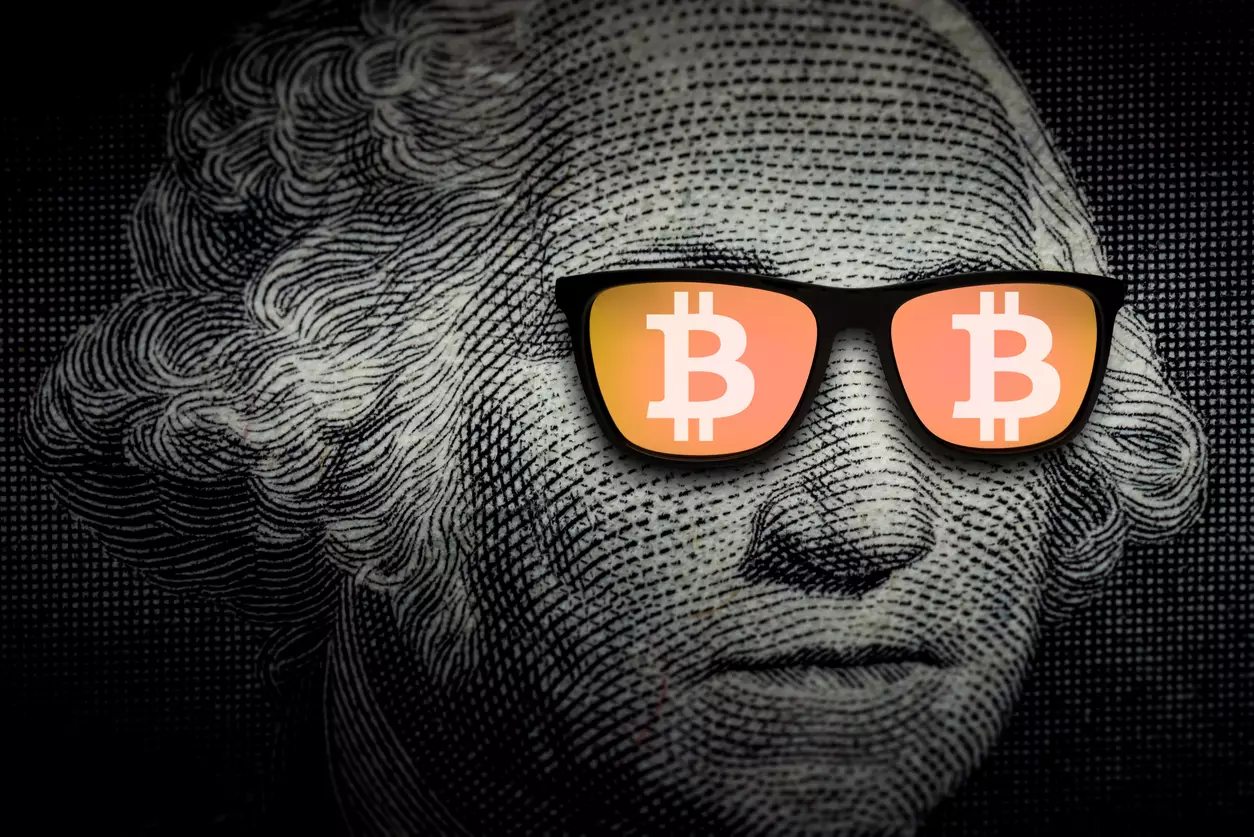The world of cryptocurrency, particularly Bitcoin, is often regarded as a double-edged sword. Once hailed as the harbinger of financial freedom, it now finds itself entangled in the complex web of global politics and macroeconomic factors. As a center-right liberal, I find the current state of Bitcoin both compelling and troubling. On one hand, its premise taps into the ideals of decentralization and individual empowerment, while on the other, political instability and economic indicators extensively dictate its value. The confluence of these factors raises critical questions about the future of Bitcoin, a digital asset that has paradoxically emerged as both a safe haven and a speculative risk.
The Relationship Between Bitcoin and Macro Forces
Bitcoin’s price trajectory has recently displayed an unusual resilience, even as traditional market metrics indicate bearish trends. According to the insights from on-chain analyst Darkfost, we are witnessing a historical anomaly: the traditional correlation between Bitcoin and factors such as the US Dollar Index (DXY) and Treasury yields is faltering. Darkfost’s observations suggest a decoupling phenomenon where Bitcoin continues to register gains while bond yields and the dollar robustly rise.
This unexpected performance can create a sense of euphoria among investors. However, as an observer with a center-right perspective, I question whether this is a sign of Bitcoin redefining its role as a “digital gold,” or if it is merely a reckless break from historical norms. Just as we view policy through the lens of accountability and responsibility, one must approach Bitcoin’s current standing with a healthy skepticism.
The Implications of Decoupling
The implications of a decoupling Bitcoin narrative run deeper than mere trading strategies. If Bitcoin truly begins to function independently of macroeconomic signals, it may lead to unintended consequences. In democratic societies, sound fiscal policy and responsible governance are paramount; similarly, the digital currency space must remain vigilant against unfounded optimism. The danger lies in the potential creation of a speculative bubble—where investors, intoxicated by gains, may overlook the fundamental tenets of financial prudence.
Conversely, the upward movement of Bitcoin—even amidst increasing bond yields—could indicate that a subset of investors now views it fundamentally as a store of value. This shift aligns with the center-right belief in market self-regulation. However, one must tread carefully. Viewing Bitcoin as a new reserve asset means that the landscape could become heftily imbalanced if too many investors rush into it without proper discernment of the risks involved.
Understanding the Behavior of Institutional Investors
At the heart of the Bitcoin narrative lies the behavior of institutional investors—players who seriously influence market dynamics. Analysts emphasize that institutional sentiment often hinges on crucial economic indicators, like the DXY and Treasury yields. Traditionally, rising yields have led to a retreat from risk assets, including Bitcoin. The current contradictory market response raises important discussions about what constitutes investor confidence in today’s financial climate.
As we examine institutional psychology, historical context is critical. Institutions could potentially pivot based on predictions of Federal Reserve interest rate adjustments. Should a misunderstanding of the macro landscape lead to poor decision-making, the repercussions could resonate throughout the crypto sphere, leading to volatility as heightened sentiment swings either way. The center-right perspective urges caution; unchecked optimism can yield disastrous consequences for both investors and market stability.
The Role of Political Instability
Political turmoil, as illustrated by the ongoing conflict in the Middle East, further complicates the investment landscape. Conflicts can generate uncertainty, pushing investors toward perceived safe havens—often paradoxically leading to increased volatility in these assets, including Bitcoin. It raises a crucial question: Can Bitcoin thrive amidst geopolitical discord, or does it merely reflect a veneer of stability in turbulent times?
Global events can shape investor perceptions drastically; with Bitcoin’s trading being so tightly interwoven with such incidents, it is imperative to ask whether it can withstand shocks to the system. The political climate, especially in today’s polarized environment, means that the trajectory of Bitcoin could just as easily plummet as it could soar.
Charting a Thoughtful Path Forward
As we navigate this complex interplay of assets, investors must adopt a more discerning approach. Bitcoin can no longer be seen merely as a speculative vehicle; it demands a comprehensive understanding of its positioning within the broader socioeconomic fabric. Sustainable investment, rooted in discipline and tempered enthusiasm, must prevail amidst contradictions.
The future may hold remarkable potential for Bitcoin as a financial asset, but only if we approach it with a circumspect strategy that prioritizes both opportunity and risk assessment. Embracing the narrative of financial liberty should not eclipse our duty to remain grounded in reasoned analysis and prudent action.















